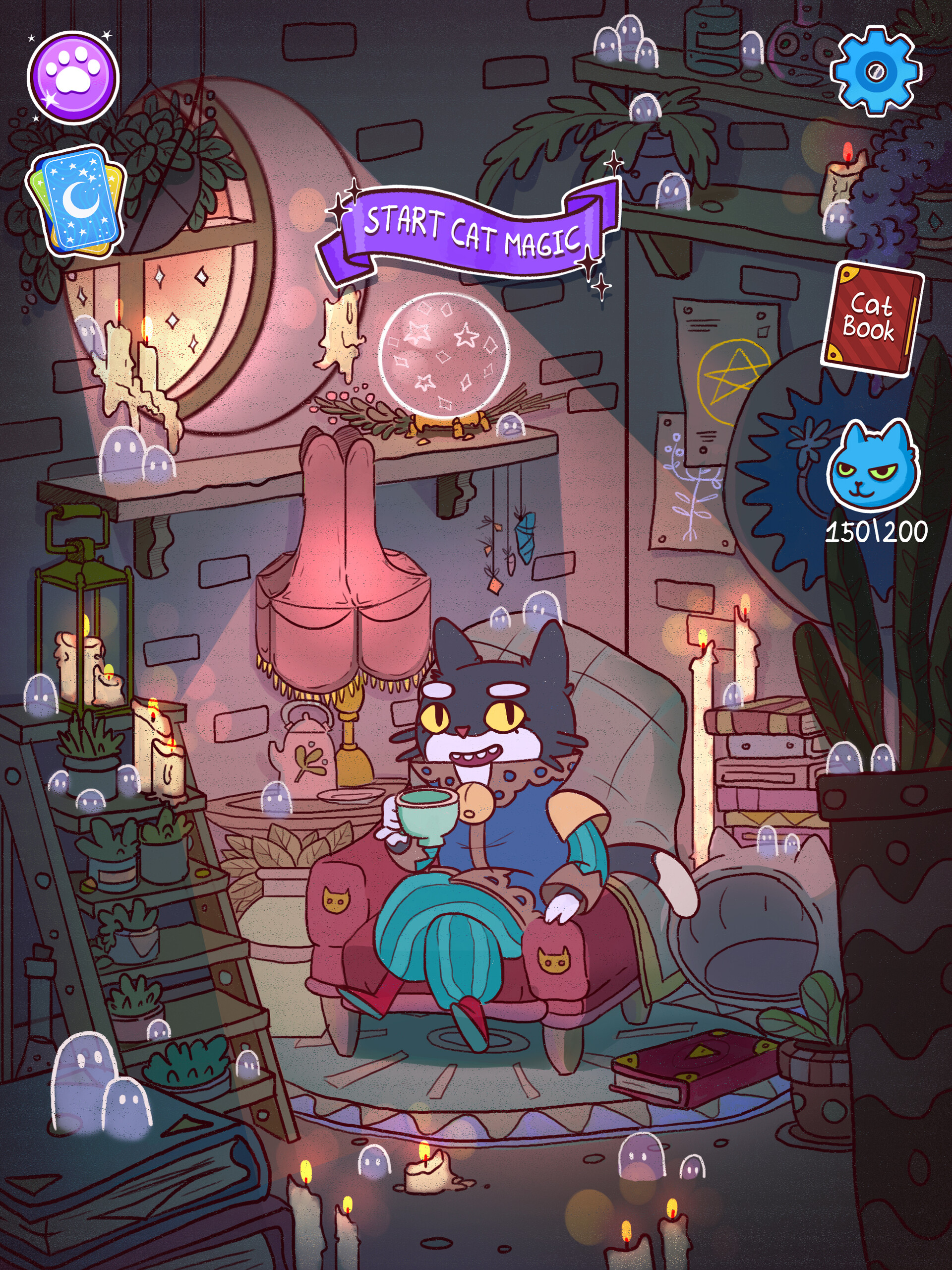Inspiration images
Once you've had time to read a snippet and worked examples, and study the highlighted features in both, we'll usually get you to write something using the same pattern.
To make it easier to think of something to write about, we might give you an inspiration image, such as this one:

You can use the image to get ideas for what to write about, but you don't have to.

